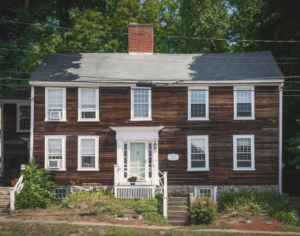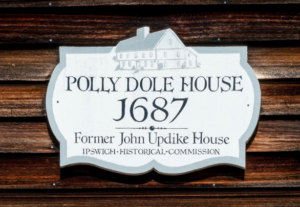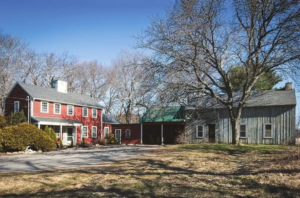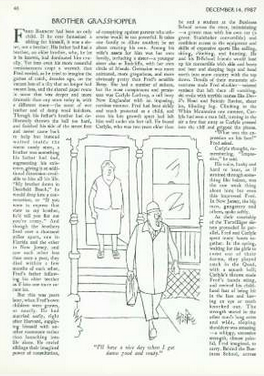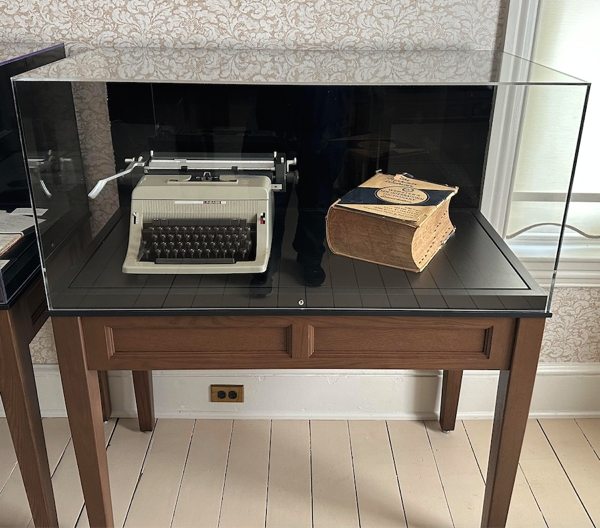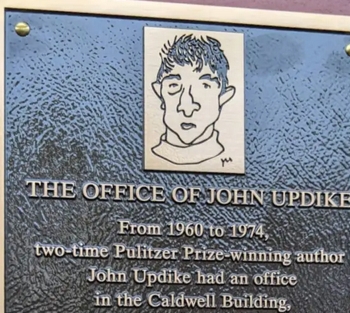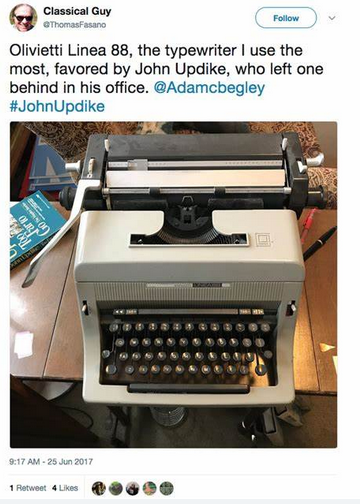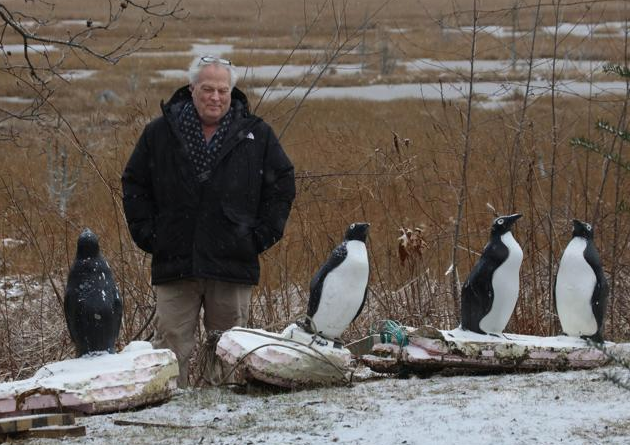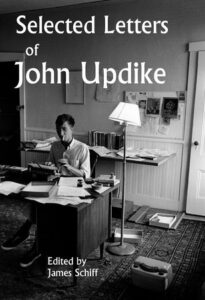 In his introduction to an interview he conducted with James Schiff, Joe Donahue wrote, “John Updike remains one of the most admired and prolific voices in American Literature. Over five decades he produced novels, short stories, poems, criticism, and essays that examine faith and art, desire, and the American experience in all its complexity. . . . Now in the new book ‘Selected Letters of John Updike’ editor James Schiff offers readers a window into that private world drawing from decades of correspondence. Schiff presents a portrait of Updike as both craftsman and confidante, generous, witty, and endlessly reflective about writing and life.”
In his introduction to an interview he conducted with James Schiff, Joe Donahue wrote, “John Updike remains one of the most admired and prolific voices in American Literature. Over five decades he produced novels, short stories, poems, criticism, and essays that examine faith and art, desire, and the American experience in all its complexity. . . . Now in the new book ‘Selected Letters of John Updike’ editor James Schiff offers readers a window into that private world drawing from decades of correspondence. Schiff presents a portrait of Updike as both craftsman and confidante, generous, witty, and endlessly reflective about writing and life.”
Here’s the link to the WAMC Northeast Public Radio podcast.
More conversation about John Updike and the letters comes from a Radio Open Source interview with Michael Updike and Miranda Updike conducted by Christopher Lydon, a Boston-area fixture who interviewed John Updike on numerous occasions. In sending the link to the Updike siblings, Lydon wrote, “We want you to take a bow… and enjoy this piece as we do! You and Michael are heroic here, and funny and deep… And we all fall in love with your marvelous dad, all over again.”
Here’s the link to “John Updike’s Vocation.”
If you haven’t gotten a copy of the book yet, here’s a link to order from Bookshop.org, where every purchase supports local independent bookstores.

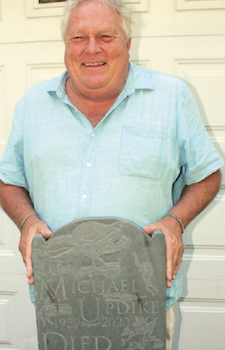
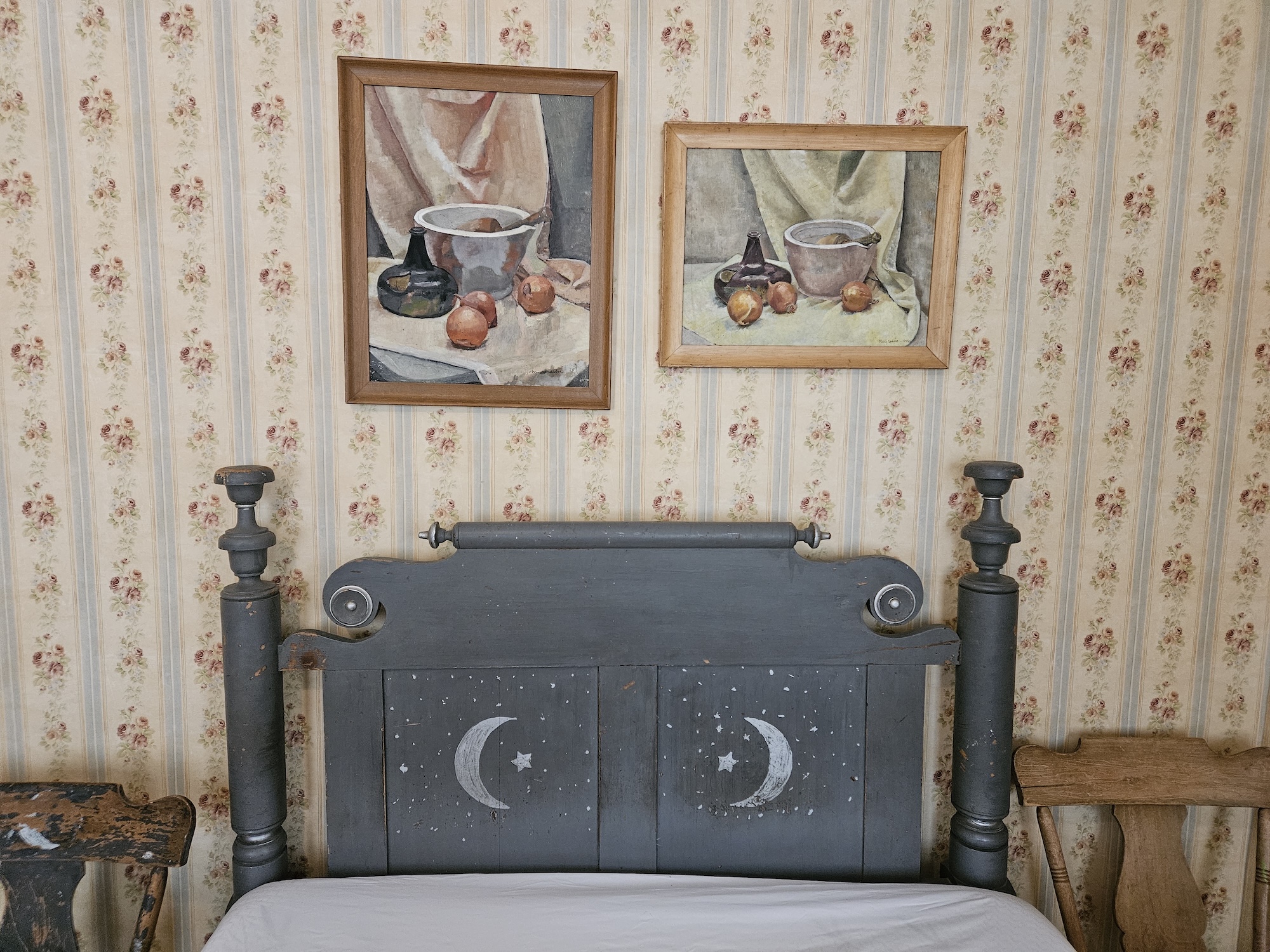 “At the greengrocer’s on Monday morning they purchased still life ingredients. The Constable School owned a great bin of inanimate objects, from which Leonard had selected an old mortar and pestle. His idea was then to buy, to make a logical picture, some vegetables that could be ground, and to arrange them in a Chardinesque tumble. But what, really, was ground, except nuts? The grocer did have some Jamaican walnuts.
“At the greengrocer’s on Monday morning they purchased still life ingredients. The Constable School owned a great bin of inanimate objects, from which Leonard had selected an old mortar and pestle. His idea was then to buy, to make a logical picture, some vegetables that could be ground, and to arrange them in a Chardinesque tumble. But what, really, was ground, except nuts? The grocer did have some Jamaican walnuts.